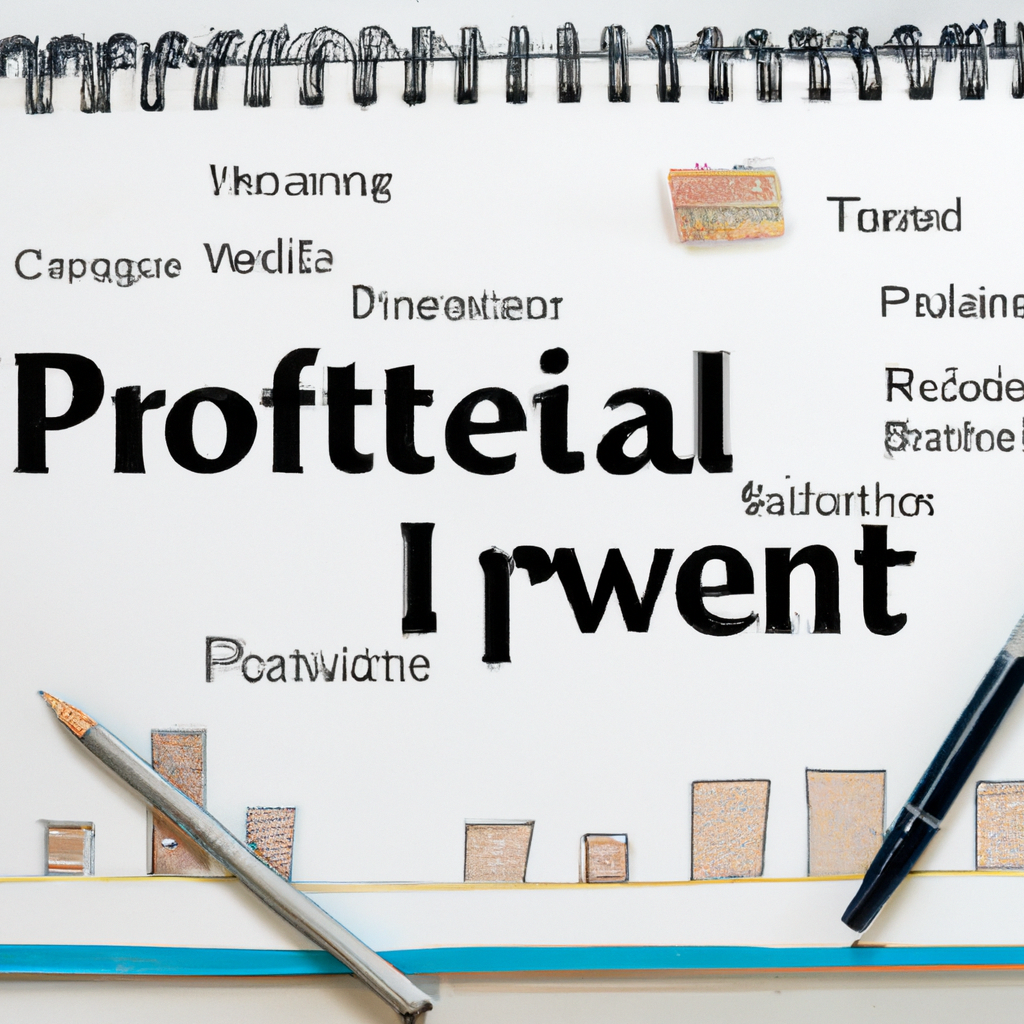
Building an Investment Portfolio: A Comprehensive Guide
How to Build an Investment Portfolio From Scratch
Introduction
Building an investment portfolio from scratch can seem like a daunting task, but with the right strategies and knowledge, it can be a rewarding and lucrative endeavor. In this article, we will guide you through the steps to create a well-diversified investment portfolio that aligns with your financial goals and risk tolerance.
Step 1: Set Your Investment Goals
Before you start building your investment portfolio, it’s essential to define your investment goals. Are you saving for retirement, a down payment on a house, or simply looking to grow your wealth? Knowing your goals will help you determine your investment time horizon and risk tolerance.
Determine Your Risk Tolerance
Assessing your risk tolerance is crucial in determining the mix of assets in your portfolio. Generally, younger investors with a longer time horizon can afford to take on more risk, while older investors may prefer a more conservative approach.
Step 2: Choose Your Asset Allocation
Asset allocation is the mix of different asset classes in your investment portfolio, such as stocks, bonds, real estate, and cash. A well-diversified portfolio can help reduce risk and maximize returns.
Diversification is Key
By spreading your investments across different asset classes, industries, and geographic regions, you can reduce the impact of market volatility on your portfolio. Diversification can help smooth out returns and protect your investments from significant losses.
Step 3: Select Investments
Once you have determined your asset allocation, it’s time to select specific investments to fill each asset class. You can choose individual stocks, bonds, mutual funds, exchange-traded funds (ETFs), or other investment vehicles.
Consider Index Funds and ETFs
Index funds and ETFs are cost-effective ways to gain exposure to a broad range of assets. These passive investment vehicles track the performance of a specific market index, such as the S&P 500, and can provide diversification at a low cost.
Step 4: Monitor and Rebalance Your Portfolio
Once you have built your investment portfolio, it’s essential to monitor its performance regularly and rebalance as needed. Rebalancing involves adjusting your asset allocation to maintain your desired risk level and investment goals.
Review Your Portfolio Annually
Reviewing your portfolio annually can help you assess whether your investments are still aligned with your goals and risk tolerance. You may need to rebalance your portfolio if certain asset classes have performed better or worse than expected.
Conclusion
Building an investment portfolio from scratch requires careful planning, research, and ongoing monitoring. By setting clear investment goals, diversifying your assets, selecting the right investments, and regularly reviewing your portfolio, you can create a well-balanced portfolio that can help you achieve your financial goals.

